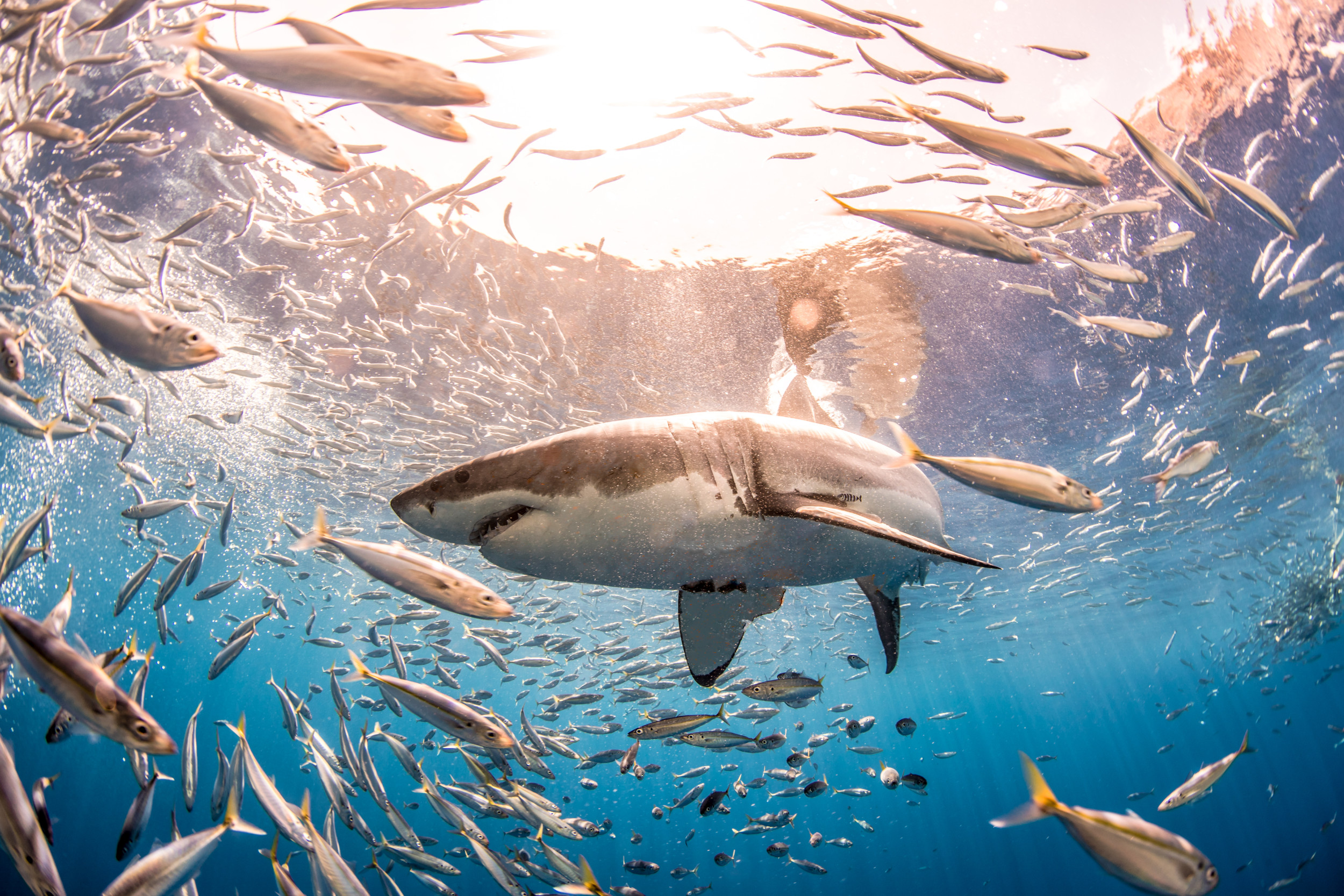Great white sharks have been keeping to themselves for a staggering 200,000 years, only networking within their own groups!
A recent study published in Current Biology revealed that three distinct populations emerged long ago, and these sharks primarily interact and breed within their own territories.
The groups are primarily found in the southern Pacific and Indian Oceans, the northern Pacific, and the North Atlantic and Mediterranean Seas. Ocean currents act as natural barriers, keeping these populations apart.

According to co-author Catherine Jones from the University of Aberdeen, “At the end of the last Ice Age, white shark populations divided into three lineages, rarely interbreeding. This division is still evident, as modern ocean currents separate these groups.”
The researchers analyzed shark genomes worldwide and noted that interbreeding is quite rare.
“If all great whites were part of one big global family, losing a few from a certain area wouldn’t be a disaster. But with separate genetic populations—like in the Mediterranean—losing one means losing unique genetic traits,” she added.
These impressive sharks can reach lengths of up to 20 feet and weigh over 4,000 pounds, thriving in coastal temperate waters around the globe. They’re listed as “vulnerable” on the IUCN Red List and critically endangered in Europe due to various threats, with overall populations plummeting to about 63% of what they were in the 1970s.
Bycatch in commercial fishing, marine pollution, and overfishing of their prey, alongside their slow reproductive rate (they reach maturity around 15 years old and have few offspring), all contribute to their decline.
Les Noble, another co-author from Nord University, highlighted the importance of recognizing separate management units for conservation. He believes understanding these distinct populations is crucial for their future.
“Our fate is tied to that of white sharks,” he explained. “As apex predators, they maintain the health of marine ecosystems, which provide us with 20% of our dietary protein. Their numbers have nearly halved in the last 50 years, and in Europe, they face critical endangerment.”
This newfound understanding of their social behavior could reshape conservation strategies, highlighting the limited pool of mates for endangered sharks and emphasizing the urgency of protecting these populations.

Galice Hoarau, a professor of molecular ecology, pointed out that a lack of interbreeding could lead to nonviable offspring if geographical barriers dissolve over time, further threatening shark populations and ocean ecosystem health.
As Dr. Jones indicated, “It’s a myth that sharks lost in one area can be replaced by those from elsewhere. Our findings suggest that with threats like bycatch and pollution, these iconic predators are closer to extinction than ever.”
